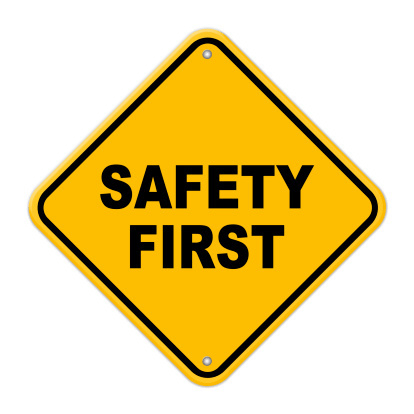Due to the unpredictability of the effects of DMT on user, it is highly recommended for first-users to be under supervision of a sitter, someone they’re comfortable with and can trust. It should be taken in a safe and friendly environment. The following is recommended before taking DMT:
- Do not take DMT alone. Have at least one person as a sitter whom you trust who can intervene if things take a wrong turn.
- Make the environment safe and comfortable.
- Never combine DMT with alcohol or any other booster or compounds.
- Pick the time carefully. The effects of DMT can be pretty overwhelming and intense, so it’s best to take it when you’re already in a good mood or in a positive state of mind.
- Avoid using DMT if you’re already on antidepressants or have a heart condition or high blood pressure.
- Before taking, meditate and focus your intention and aim for inner calmness.
- Take it while sitting or lying down to reduce the risk of injury or falling while having the experience.
- During the Journey, remember to let go, do not hold onto something, and do not struggle.
- It is normal for heartbeat to accelerate, especially when there is a breakthrough.
- Some people may feel like they are experiencing death, or they feel like they will not be able to return. There is no reason to worry as you will surely return, as many who took DMT felt that way and came back.
- Do not be scared, be brave about experiencing the unknown. Other entities cannot hurt you in real life if you do not believe it. Try not to make good/bad judgments during the Holy Experience.
References:
- https://www.theguardian.com/science/2020/dec/09/psychedelic-drug-dmt-to-be-trialled-in-uk-to-treat-depression
- https://www.newyorker.com/magazine/2016/09/12/the-ayahuasca-boom-in-the-u-s
- Barker, Steven A. Borijigin, Jimo. Lomnicka, Izabela. And Strassman, Rick. (2013). LC/MS/MS analysis of the endogenous dimethyltryptamine hallucinogens, their precursors, and major metabolites in rat pineal gland microdialysate. Wiley Analytical Science, [online] Available at: http://onlinelibrary.wiley.com/doi/10.1002/bmc.2981/abstract;jsessionid=D26E3B97EBBBECDB9D85317C785A6049.f04t01?systemMessage=WOL+Usage+report+download+page+will+be+unavailable+on+Friday+27th+January+2017+at+23%3A00+GMT%2F+18%3A00+EST%2F+07%3A00+SGT+%28Saturday+28th+Jan+for+SGT%29++for+up+to+2+hours+due+to+essential+server+maintenance.+Apologies+for+the+inconvenience. [Accessed 22nd April 2021]
- Cakic, V., Potkonyak, J., & Marshall, A. (2010). Dimethyltryptamine (DMT): Subjective effects and patterns of use among Australian recreational users. Drug and Alcohol Dependence, 111(1), 30–37. Available at: https://www.sciencedirect.com/science/article/abs/pii/S0376871610001341 [Accessed 25th April 2021]
- Gable, R. S. (2007). Risk assessment of ritual use of oral dimethyltryptamine (DMT) and harmala alkaloids. Addiction, 102(1), 24–34. Available at: https://www.researchgate.net/publication/6594324_Risk_Assessment_of_Ritual_Use_of_Oral_Dimethyltryptamine_DMT_and_Harmala_Alkaloids. [Accessed 25th April 2021]
- Gouzouliz-mayfrank, E. Heekeren, K. Neukirch, A. Stock, C. Obradovic, M. and Kovar, K-A. (2005). Psychological effects of (S)-ketamine and N,N-dimethyltryptamine (DMT): a double-blind, cross-over study in healthy volunteers. National Library of Medicine, [online] Available at: https://pubmed.ncbi.nlm.nih.gov/16342002/ [Accessed 25th April 2021]
- National Institute of Health, (20150. How Do Hallucinogens Work? [online] Available at: https://www.drugabuse.gov/publications/research-reports/hallucinogens-dissociative-drugs/how-do-hallucinogens-lsd-psilocybin-peyote-dmt-ayahuasca-affect-brain-body [Accessed 25th April 2021]
- Strassman, Rick. (1998). Perspectives on DMT Research. [online] MAPS. Available at: http://www.maps.org/news-letters/v08n3/08304str.html [Accessed at 25th April 2021]
- Strassman, R. J. (1995). Human psychopharmacology of N, N-dimethyltryptamine. Behavioral Brain Research, 73(1), 121–124. Available at: https://www.sciencedirect.com/science/article/pii/0166432896000812?via%3Dihub. [Accessed 25th April 2021]


